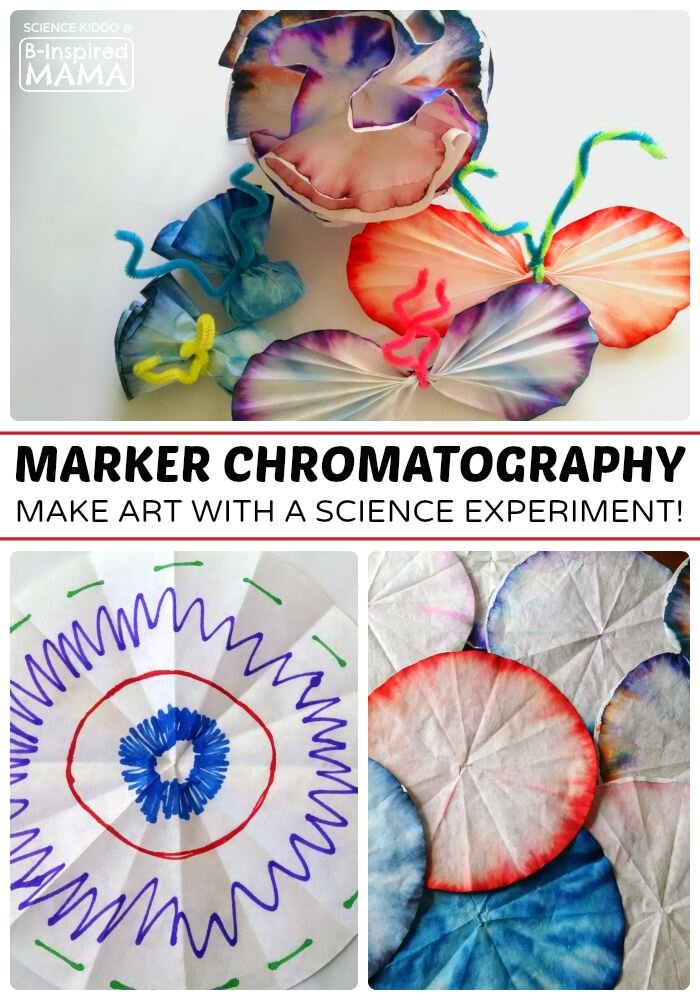Unit Study - Colors
I have always loved the view of my neighbor’s trees from my living room window. Mr. George took such good care those trees and they a beautiful calendar of the year – luscious greens in the summer, blazing fall colors, barren in winter yet glistening with icicles. But my favorite tree filling my window – spring, blooming pink, white, magenta. The bloom of spring brings me to my theme for the week – Colors.
Here are the list of activities and ideas we did under the theme of color.
Poetry
We memorized the poem, Colors by Shel Silverstein
My skin is kind of sort of brownish, pinkish, yellowish, white.
My eyes are grayish, blueish, green but I'm told they look orange in the night.
My hair is reddish, blondish, brown but it's silver when it's wet.
And all the colors I am inside have not been invented yet.
Science
Chromotography: We made butterflies using coffee filters, markers, and water
Color Wheel – check out this very cool, very easy experiment on colors on the color wheel.
Literature
There are so many great books about color. I will recommend two.
The Days the Crayons Quit – an adorable book, each letter of protest written from the point of view of the crayon color. My favorite – yellow and orange arguing over who is the true color of the sun.
The Noisy Paint Box by Barb Rosenstock – this living book delves into the life of Kandinsky, an abstract painter who could hear sounds when he saw colors. This is a great book to not only learn a little bit about a modern artist, but to encourage children to express emotion and feeling through their artwork. It’s not about creating the perfect house or flower but expressing what you see, hear, taste, smell, and feel.
After reading the Noisy Paint Box and learning a little more about Kandinsky, we learned about synesthesia. Synesthesia is when one sense is linked with another in sometimes unusual ways. Some people see colors associated with certain letters (for example, when they see the letter a, they always see it in red). Some people see calendars or numbers in a variety of shapes like circles or spheres. And others, like Kandinsky, hear sounds when they see certain colors.
Music
Here are two really fun and low-key activities to do with your children surrounding color and music synesthesia.
Draw what you Hear – get out some paints or chalk or anything coloring instrument, put on some classical music, and create art as you listen to music. I suggest using Mozart’s Piano Concerto No. 23 A major 1st movement
ChromeLab Website – this website is MAJORLY fun. There are 13 activities related to music and color. You can sing into a microphone and see color waves, create rhythms, create songs, and many more. It is a really neat way to be able to visualize this unique and interesting phenomenon.
My daughters LOVED getting to use the computer to explore all the fun games and activities.














